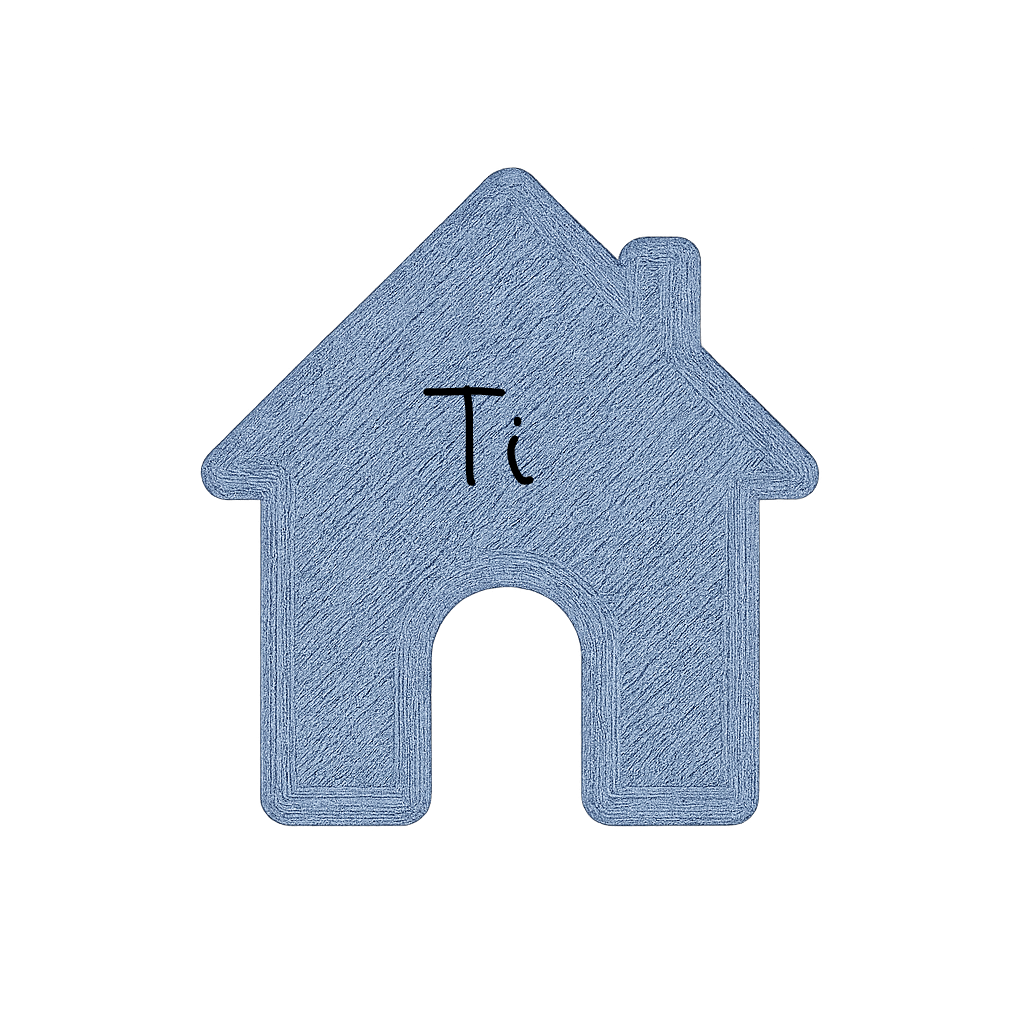Clarity of Definitions
- Take a concept and write your own definition.
- Compare dictionary definitions — what’s essential vs. extra?
- Ask “What do we mean by this word, exactly?”
- Separate similar terms (e.g., fairness vs. justice).
- Notice when people use vague language.
- Create clean categories for messy ideas.
- Break one word into multiple precise meanings.
- Write a 1-sentence definition for 5 complex ideas daily.
- Test your definitions with examples and counterexamples.
- Revise definitions as your understanding deepens.
Internal Consistency
- When you believe something, ask: “Does it contradict anything else I believe?”
- Practice spotting contradictions in articles.
- Map two opposing views and look for hidden assumptions.
- Write logical chains (If A, then B, therefore C).
- Test your reasoning backward as well as forward.
- Ask: “If this is true, what else must be true?”
- Identify fallacies in everyday arguments.
- Notice when your explanations are circular.
- Train yourself to admit “I don’t know” instead of forcing coherence.
- Strip away opinions until only logic remains.
Breaking Down Problems
- Practice dividing problems into smaller steps.
- Turn vague issues into specific questions.
- Identify what’s relevant vs. irrelevant.
- Use flowcharts to visualize reasoning.
- Reduce a big problem to first principles.
- Find the “root cause” rather than surface issues.
- Use elimination: rule out what cannot be true.
- Solve puzzles (logic riddles, Sudoku).
- Practice breaking down instructions into algorithms.
- Teach someone a concept step by step.
Precision in Thinking
- When thinking, slow down — don’t rush leaps.
- Ask: “Am I assuming or proving this?”
- Replace emotional words with neutral ones.
- Check if your reasoning depends on hidden values.
- Practice formulating statements with zero ambiguity.
- Ask: “What exact claim is being made here?”
- Re-explain something without metaphors — only structure.
- Write concise summaries with no filler.
- Distinguish between correlation and causation.
- Demand clarity before making decisions.
Ti vs. External Systems
- Notice when group rules (Te) don’t make inner sense.
- Rebuild official systems in your own framework.
- Ask: “Does this method work because of logic or tradition?”
- Contrast your explanation with textbooks.
- Notice where personal clarity diverges from social consensus.
- Test whether your reasoning holds up without authority.
- Write your own step-by-step method for daily tasks.
- Simplify bureaucracy into principles.
- Re-examine whether widely accepted “truths” are internally sound.
- Develop independent reasoning before looking at the consensus.
Building Frameworks
- Create your own classification systems.
- Build hierarchies of concepts (broad → specific).
- Draw diagrams showing relationships.
- Translate words into symbols or formulas.
- Create flowcharts of processes.
- Organize knowledge into modular chunks.
- Try to express complex ideas in equations.
- Build a “map of logic” for a field.
- Compare frameworks — what overlaps, what’s unique?
- Continuously refine your personal “logic library.”
Practicing Skepticism
- Ask “Why?” until the chain ends.
- Question whether the evidence actually proves the claim.
- Spot exaggerations in speech and ads.
- Ask: “What’s the hidden assumption here?”
- Separate fact from interpretation.
- Notice when persuasion replaces reasoning.
- Don’t accept authority without structure.
- Test even your own reasoning — be your harshest critic.
- Build comfort with uncertainty.
- Use skepticism to clear clutter, not to destroy meaning.
Applied Logic
- Solve math word problems step by step.
- Write simple computer programs.
- Do “if–then” scenarios in daily planning.
- Compare strategies in games like chess or poker.
- Analyze why rules in sports exist.
- Reverse-engineer how machines work.
- Break down cause/effect in daily habits.
- Use Bayesian thinking (probabilities, not absolutes).
- Build logical pros/cons lists.
- Reconstruct conversations logically after they happen.
Communication & Teaching
- Practice explaining logic simply.
- Define terms before debating.
- Create analogies only after logical clarity.
- Write structured essays with clear arguments.
- Anticipate counterarguments in advance.
- Ask clarifying questions in discussions.
- Use “So what?” to test relevance.
- Don’t overwhelm others — simplify your logic.
- Notice when your Ti precision confuses others.
- Balance clarity with empathy.
Lifestyle & Growth
- Protect quiet time for analysis.
- Keep a logic journal — track insights.
- Alternate between input (study) and processing (frameworks).
- Be okay with unfinished conclusions.
- Avoid rigidity — leave room for new evidence.
- Use Ti to check Ni insights (is this consistent?).
- Don’t use Ti as an escape from action.
- Notice when Ti becomes nitpicking.
- Seek elegance — the simplest, consistent explanation.
- Enjoy the beauty of clarity for its own sake.
***
